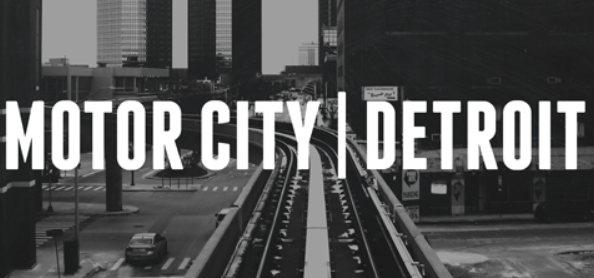Detroit’s moniker as the “Motor City” encapsulates its historical transformation into the epicenter of the American automobile industry. At the turn of the 20th century, Detroit was a burgeoning city brimming with industrial potential. Its strategic location, situated between the Great Lakes and the Midwest, provided easy access to raw materials and transportation networks. However, it was the confluence of several key factors that catalyzed Detroit’s rise as the automotive capital of the world.
The seeds of Detroit’s automotive dominance were sown by visionaries like Henry Ford, who founded the Ford Motor Company in 1903. Ford’s assembly line innovation revolutionized automobile manufacturing, making cars more affordable and accessible to the masses. This breakthrough paved the way for other automotive pioneers like William Durant, who established General Motors in 1908, and Walter Chrysler, who founded Chrysler Corporation in 1925.
Detroit’s ascendancy as the Motor City was further propelled by a confluence of favorable circumstances. The city boasted a skilled workforce drawn from diverse immigrant communities, attracted by the promise of employment in the burgeoning automobile factories. Additionally, Detroit’s proximity to natural resources such as iron ore and lumber facilitated the rapid expansion of the automotive industry.
As demand for automobiles soared, Detroit experienced an unprecedented economic boom. The automotive industry became the lifeblood of the city, fueling rapid urbanization and population growth. Skyscrapers dotted the skyline, and neighborhoods thrived as workers flocked to Detroit in search of employment opportunities in the burgeoning factories.
The Motor City’s prominence was solidified by the establishment of iconic institutions such as the Detroit Auto Show, which showcased the latest innovations in automotive technology to a global audience. Detroit became synonymous with innovation, serving as a breeding ground for groundbreaking advancements in automobile design, engineering, and manufacturing processes.
However, Detroit’s status as the Motor City was not without its challenges. Economic fluctuations, labor disputes, and shifting consumer preferences would eventually take their toll on the city’s automotive industry. In the latter half of the 20th century, Detroit faced a decline in manufacturing jobs, urban decay, and population loss, exacerbated by factors such as globalization and the oil crisis.
Despite these challenges, Detroit’s legacy as the Motor City endures as a testament to the transformative power of innovation, entrepreneurship, and industrialization. While the landscape of the automotive industry continues to evolve, Detroit remains a symbol of resilience, adaptation, and reinvention, poised to write new chapters in its storied history as a hub of innovation and creativity in the 21st century and beyond.
Detroit Motor City


